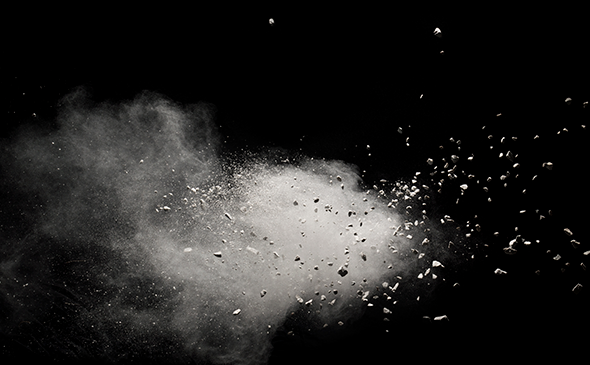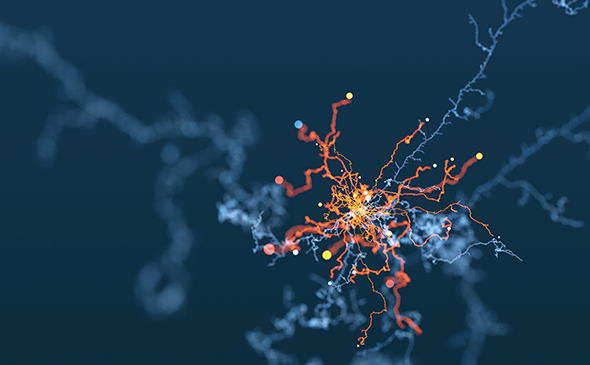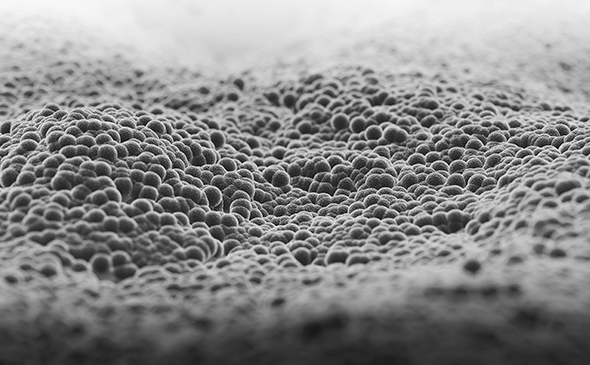With our plants, we use thermal, chemical, biological and physical methods to clean exhaust and waste gases from:
Do you have any questions on wet and dry dedusting? If you have any questions or are interested, please do not hesitate to contact us! We look forward to hearing from you:
info(at)wessel-umwelttechnik.de

Do you have any questions on the subject of odor emissions? If you have a need and are interested, please contact us! We look forward to hearing from you:
info(at)wessel-umwelttechnik.de

Do you have any questions on the subject of solvent separation? If you are interested or have any questions, please contact us! We look forward to hearing from you:
info(at)wessel-umwelttechnik.de

Do you have any questions on the subject of pollutant separation? If you have a need or are interested, please contact us! We look forward to hearing from you:
info(at)wessel-umwelttechnik.de

